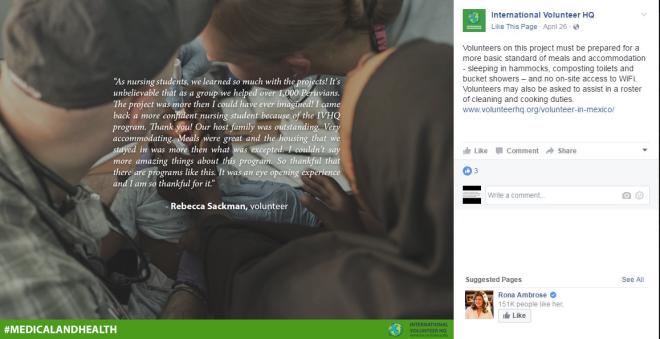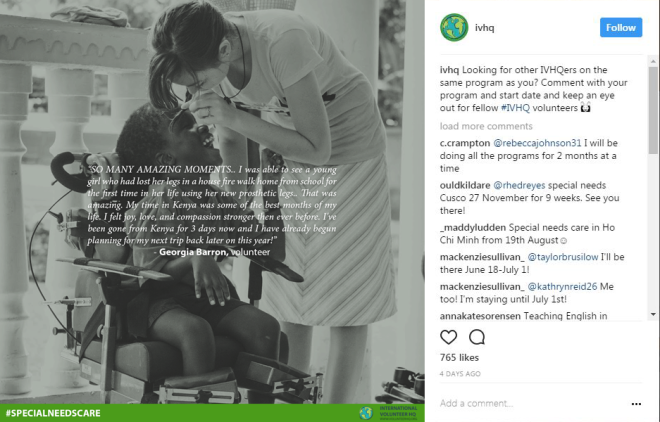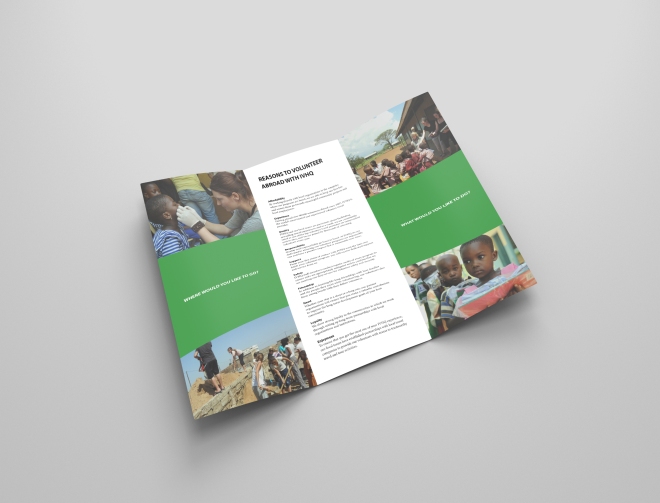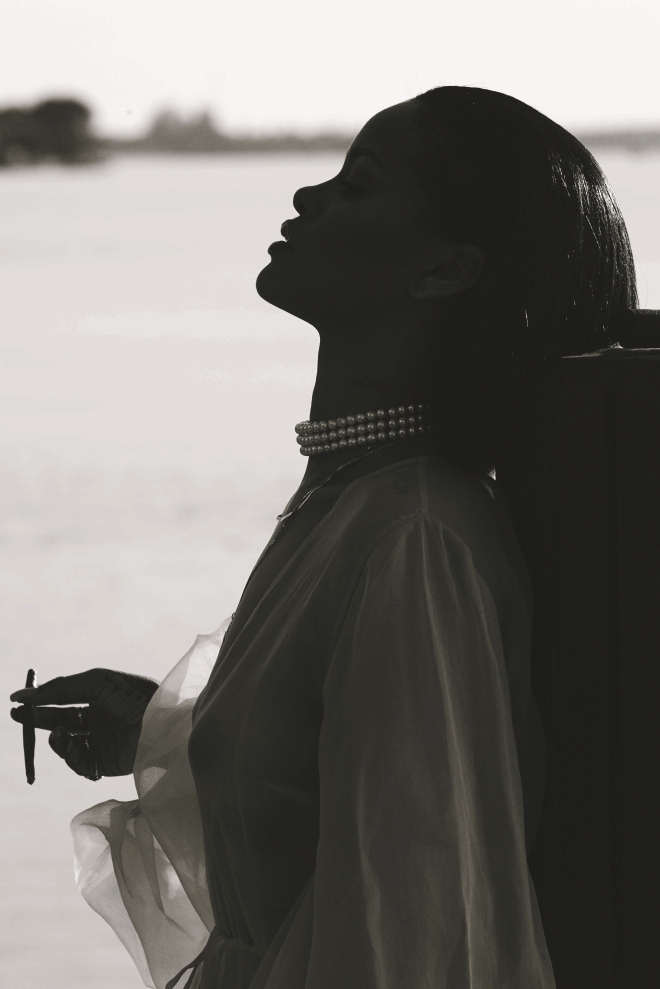














































When I first started this blog, I was very ignorant about Pakistan. I generalized the country based off of how the Middle East was portrayed in the American media. This course has enlightened me in a way and has allowed me to bust some myths about Pakistan, confirm the issues I already assumed the country has, and exposed me to new information.

Neither Pakistan’s laws nor its social codes nor its religious mores truly guarantee women a secure place as citizens equal to men; such attitudes are preserved by patriarchal tribal and cultural traditions, as well as the continued twisting of Islamic injunctions to suit the needs of misogynists. (Bina Shah, The Fate of Feminism in Pakistan)

One defining moment for Pakistani women took place before Pakistan itself was an actuality. In 1932, the All India Muslim League, which counted many strong women among its ranks met and passed a resolution giving women complete equality in politics. (Rafia Zakaria, HerStory: Seven defining moments for the Pakistani woman)

It is from the father that a child receives both its life-giving blood (khun mard se ate hey) and its social identity; it is thus the male contribution to procreation which is given greater conceptual and social significance in Pakistan. Pakistan emphasizes ties of patrilineality under which women are quickly dropped from genealogical memory. Women in Pakistan are thus structurally irrelevant. (Hastings Donnan, Mixed Marriage in Comparative Perspective: Gender and Power in Northern Ireland and Pakistan)
As sickening as it seems, men create an egoistic issue out of it and having a virgin wife is a matter of honor and pride for them. In some parts of Pakistan and Iran, a bloodstained bed sheet is considered as an evidence of girl’s virginity and elders of the couple congratulate each other after seeing it. (Umer Ali, On our Obsession with female virginity)
Despite creeping modernity, secular condemnation and the fact there’s no reference to stoning in the Koran, honor killings claim the lives of more than 1,000 Pakistani women every year, according to a Pakistani rights group. (Terrence McCoy, In Pakistan, 1,000 women die in ‘honor killings’ annually. Why is this happening?)
About eight per cent population of the country is facing infertility issues, while 90 per cent causes of the disease are curable and only 10 percent are complicated. (Amraiz Khan, Infertility rate increasing in Pakistan)

There has almost always been some backlash against women who wish to empower themselves be it by studying, working or even choosing a spouse for themselves. NGOs and other institutions that work to help oppressed women are accused of misleading and ‘brainwashing’ them. Most of these women internalize their suffering, either out of fear or a lack of resources to turn to and the relatively affluent, educated upper class simply turns a blind eye, hoping to maintain their status quo. (Mehreen Ovais, Feminism in Pakistan: A brief history)

Pakistan, one of the most homophobic nations on earth, nonetheless has a highly vibrant gay subculture, particularly in the Arabian Sea metropolis of Karachi, despite the official censure of a very conservative society and harsh laws imposed by the state. According to a report from BBC, one of the city’s holiest sites, the Abdullah Shah-Ghazi shrine, in honor of a revered Sufi saint from the 8th century, actually serves as Karachi’s principal “cruising ground”. The report notes that homosexuality is rife in a nation where premarital heterosexual sex is gravely frowned upon – as a consequence, young men are forced to seek sexual satisfaction from others of their own gender. (Palash Ghosh, Pakistan’s Attitude Toward Homosexuals: An Epic Ambivalence)

According to Thomas Reuters Foundation around 90% of the women of Pakistan face domestic abuse while thousands of women get killed in the name of honor each year but in the survey conducted by Aware Girls to find out the attitude of people towards violence against women in Pakistan, 20.65% of the survey participants responded that violence against women is not an important issue for Pakistan. It reflects the general patriarchal notion of the society which sideline women, the same attitude is reflected in programming, decision making and peace building process where women are sidelined. As mentioned, 90% of the women face domestic abuse but most of the perpetrators enjoy impunity, 35.87% of the respondents said it’s OK for husband to beat their wives, 10.87% said it is right of men to beat his wife while 25% responded that men can occasionally beat their wives. (Attitudes towards Violence against Women in Pakistan)
Though Pakistan at times is more lax on its ideas about feminine roles, they are still significantly affected by Islamic ideas about how women should act. The practice of guarding females from the outside world is seen as a caring act that preserves her honor and that of her family’s. Women generally marry young, have several babies, and generally do not work outside the home. They can be restricted to socializing with female relatives only. The average age at marriage is 21 but can be as young as 15 years old. (Society and Norms: Gender Roles – Women)

Abortion is illegal in Pakistan. A study released in 2005, by the Population Council of Pakistan and the Guttmacher Institute, found that 890,000 abortions occur in Pakistan every year and, given that this data was collected mostly through women hospitalized for post abortion complications, one can expect this figure to be grossly understated. This study has now been quoted numerous times, and yet one can wonder, to what avail? Most abortions are carried out in an unsafe and clandestine manner, and are considered to be among the leading causes of maternal mortality, which stands at 270 per 100,000 live births (Abortion in Pakistan: Morality Becomes More Restrictive Than the Law).
Abortion in Pakistan: Morality Becomes More Restrictive Than the Law
http://uwf.edu/atcdev/pakistan/web/Society/3BSociety.html
http://www.awaregirls.org/attitudes-towards-violence-against-women-in-pakistan/
http://www.ibtimes.com/pakistans-attitude-toward-homosexuals-epic-ambivalence-1403291
http://tribune.com.pk/story/764036/feminism-in-pakistan-a-brief-history/
http://nation.com.pk/Lahore/10-Apr-2010/Infertility-rate-increasing-in-Pakistan
pakteahouse.net/2015/07/12/on-our-obsession-with-female-virginity/
http://www.jstor.org/stable/41602078?seq=1#page_scan_tab_contents
http://www.dawn.com/news/1091819

Abortion is illegal in Pakistan. Section 338 of the Pakistan Penal code provides that “Whoever causes a woman with child whose organs have not been formed, to miscarry, if such miscarriage is not caused in good faith for the purpose of saving the life of the woman or providing necessary treatment to her, is said to cause ‘Isqat-i-Haml’ is liable to a punishment of three years imprisonment if the abortion is performed by the woman’s consent otherwise a maximum of ten years. Section 338 B and C of the Pakistan Penal Code provides that termination of a child whose limbs have been formed for any reason other than to save the life of the mother shall be liable to pay Diyat (blood money) and such person is also liable for a maximum of seven years imprisonment. The law does not allow abortion on the basis of Fetal Defect (Insight Into Abortion).
According to the above video, the majority of Pakistani girls are having sex before marriage, causing the abortion rate to increasing rapidly.
A research studies conducted in 2002 and 2003 (by Population Council-Pakistan) reveals that an estimated 890, 000 induced abortions occur annually in Pakistan (Abortion law Pakistan).
There were 50 abortions per 1,000 women aged 15-49 in 2012 and 27 in 2002. The study titled ‘Induced Abortions and Unintended Pregnancies in Pakistan’ was carried out by Population Council in collaboration with the Guttmacher Institute, United States of America, and launched at a local hotel in Wednesday. The study shows that in 2012, an estimated 623,000 Pakistani women were treated for complications resulting from induced abortions, the vast majority of which were performed by unqualified people or involved traditional methods (Ikram Junaidi, Annual abortion rate in Pakistan doubled in 10 years).
Women in Pakistan have a high level of unmet need for contraception— estimated at 20% in 2012–2013. This results in high rates of unintended pregnancy, unplanned births and induced abortion. Improving and expanding the provision of family planning services are critical to enable women and couples to have the number of children they want, when they want them. The decline in the number of births in Pakistan has been slower than in other Asian countries. The total fertility rate dropped from about six children per woman in the early 1980s to 4.4 in 2003. However, the rate decreased more slowly from 2006 to 2013 (from 4.1 to 3.8). On average, Pakistani women still have one child more than they desire. Contraceptive use—including both traditional and modern methods—among married women has risen slowly, from 30% in 2007 to 35% in 2013. Use of modern methods has increased from 22% to 26% over this period. Among women who use any method, the discontinuation rate within one year of use is high, at 37%. In Pakistan, abortion is legally allowed only to save the life of a woman or to provide “necessary treatment” early in pregnancy. Given a lack of clarity in interpreting the law, legal abortion services are difficult to obtain, and most women who have an abortion resort to clandestine and unsafe procedures (Unintended Pregnancy and Induced Abortion In Pakistan).
Works Cited
Abortion in Pakistan: Morality Becomes More Restrictive Than the Law
https://www.womenonwaves.org/en/page/4848/abortion-law-pakistan
http://www.guttmacher.org/pubs/FB-Pakistan.html
Though Pakistan at times is more lax on its ideas about feminine roles, they are still significantly affected by Islamic ideas about how women should act. The practice of guarding females from the outside world is seen as a caring act that preserves her honor and that of her family’s. Women generally marry young, have several babies, and generally do not work outside the home. They can be restricted to socializing with female relatives only. The average age at marriage is 21 but can be as young as 15 years old. (Society and Norms: Gender Roles – Women)
Gender Equality and Female Empowerment
The USAID in Pakistan states that it “integrates gender equality and women’s empowerment into all of its programming to increase opportunities for women’s participation in the labor force, expand girls’ access to quality basic education, improve maternal and child health, and promote women’s rights in political, economic, and social realms. To increase female empowerment and participation, we are also implementing specific rights-based interventions to reduce gender-based discrimination and violence”. (GENDER EQUALITY AND FEMALE EMPOWERMENT)
However, according to this article:
A global report shows that Pakistani women still face the world’s worst inequality in access to health care, education and work.
The annual Gender Gap Index by the Geneva-based World Economic Forum released Tuesday showed Pakistan ranked 141 out of 142, second to last in global gender equality.
This is the third year in a trot that Pakistan has maintained the second to last ranking. (Pakistan at bottom in gender equality global ranking)
The 2012 annual report from the Human Rights Commission of Pakistan details many challenges women there face, including being “attacked and killed on account of asserting their rights to education, work and generally for choosing to have a say in key decisions in their lives.” In 2012, UNESCO stated that Pakistan showed the least progress in the region educating low-income girls: “The poorest girls in Pakistan are twice as likely to be out of school as the poorest girls in India, almost three times as likely as the poorest girls in Nepal and around six times as likely as the poorest girls in Bangladesh.” (For additional comparisons between countries and groups within the same country, see the World Inequality Database on Education.) Even when there is the possibility of enrolling in a school, actually doing so can be downright dangerous. In June 2013, militants blew up a bus carrying female university students in Quetta, the capital of Pakistan’s southwestern Balochistan province, and the school has since been shuttered. And Malala — the Pakistani schoolgirl and education advocate who was shot by the Taliban for her views — addressed the U.N. in favor of free, mandatory education around the world, adding that she was focusing on women “because they are suffering the most.” Pakistani women who want to contribute to the economy face other barriers as well. A 2012 World Bank report details the difficulties they face gaining access to capital due to social constraints — needing permission from a male to even qualify for a loan, for example. According to the study, 50% to 70% of microloans given to women in Pakistan may actually be used by their male relatives. For further information on these types of obstacles, see the paper “Gender-Specific Barriers to Female Entrepreneurs in Pakistan: A Study in Urban Areas of Pakistan.” And even something as basic as using public transportation presents a challenge, according to the International Labour Organization. Pakistan mobile health clinic (Wikimedia)The lack of opportunity for Pakistani women is also a loss for their country. According to a 2012 UNESCO report, literate Pakistani women earned nearly twice as much as those who were illiterate. (Women, girls and Malala: Research on gender and education in Pakistan, and beyond)
Works Cited
http://www.dawn.com/news/1140919
https://www.usaid.gov/pakistan/cross-cutting-themes-good-governance-and-gender-equity